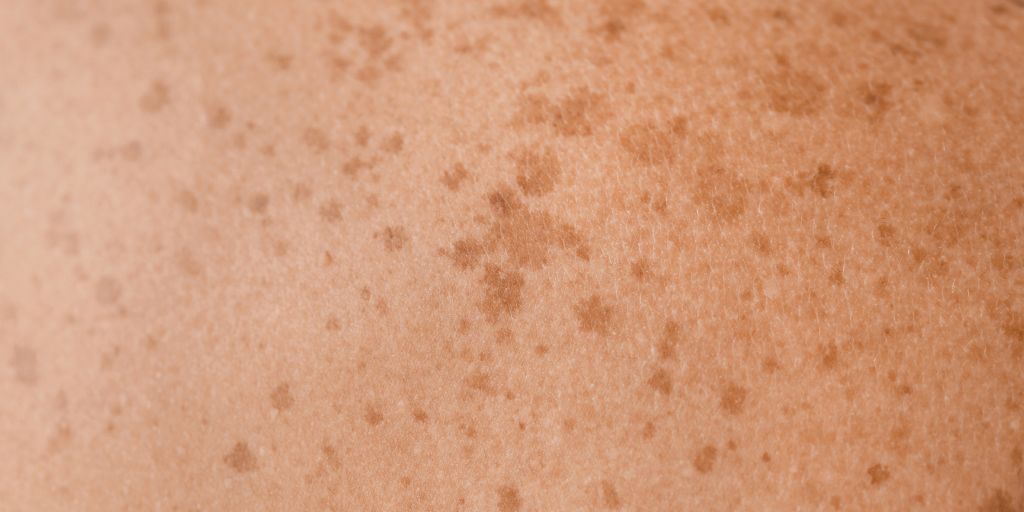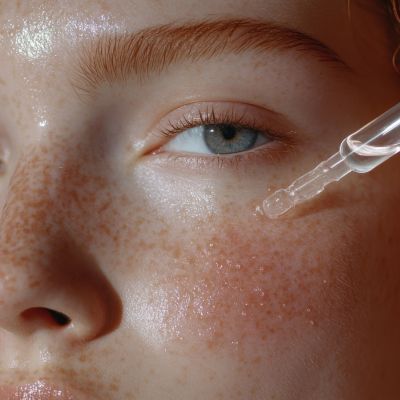
The Glow Guide to Melasma: What’s really behind the world’s most persistent pigment
Melasma is one of those conditions that can test your patience. It’s common, it’s stubborn, and it often flares up just when you think you’ve got it under control. But with the right understanding and long-term plan, it can be managed beautifully — and your glow can absolutely return.
What Is Melasma?
Melasma is a skin condition that causes brown or grey-brown patches, most often on the forehead, cheeks, nose, and upper lip. It’s far more common in women than in men and tends to appear in adulthood.
While it isn’t harmful, it can be frustrating — especially because it doesn’t always respond quickly to treatment. The key to managing melasma is understanding its triggers and approaching it as a long-term partnership with your skin.
Why Does Melasma Happen?
Melasma develops when pigment-producing cells in the skin (melanocytes) become overstimulated. There are several reasons this can happen:
-
Genetics: Some people are simply more prone to developing melasma. It is a common complaint in darker skin, but fair skin also suffers from this annoying concern.
-
Sun exposure: UV light is one of the biggest triggers — even a small amount can make pigment flare.
-
Hormonal changes: Pregnancy, contraceptive pills, and hormone replacement therapy (HRT) are all known to influence melasma.
-
Certain medications: Some drugs can increase pigment activity or make skin more photosensitive.
-
Inflammation: Skin irritation or inflammation can also worsen melasma.
The Role of Oestrogen
Oestrogen is a major driver of melasma. Whether produced naturally by your body or taken in medication (such as the pill or HRT), oestrogen can stimulate pigment cells to produce more melanin.
For those genetically predisposed, this often means that melasma flares coincide with hormonal shifts — and treatment can be trickier if hormones remain active. While it can still be improved significantly, complete clearance is often difficult while oestrogen stimulation continues.
Managing Melasma: The Long Game
Melasma isn’t a condition you “cure” — it’s one you manage. Think of it like keeping a garden: it needs consistent care, protection, and the right environment to flourish.
☀️ Avoid Triggers
The first step is to minimise anything that can stimulate pigment:
-
Sun and heat – including hot weather, saunas, steam rooms, and intense workouts.
-
Blue light – from screens and certain LED masks (especially those with blue wavelengths).
-
Inflammation – harsh scrubs, over-exfoliation, or picking at the skin can all make melasma worse.
🧴 Daily Skincare Essentials
-
SPF, SPF, and more SPF: Use a high-quality mineral sunscreen daily — rain, shine, or indoors. Reapply every 2–3 hours if you’re outdoors or working near windows.
-
Pigment blockers: Ingredients such as hydroquinone, azelaic acid, arbutin, kojic acid, and tranexamic acid help calm pigment activity.
-
Retinoids: These encourage cell renewal, helping fade existing pigmentation.
-
Gentle exfoliants: Support skin turnover without triggering inflammation.
💡 Professional Treatments
At The Glow Clinic, we combine advanced technology with medical-grade skincare to safely target melasma and maintain results:
-
Skin resurfacing and mesotherapy to lift surface pigment
-
SkinPen Microneedling to boost collagen and even skin tone
-
MOXI Laser — our favourite summer-safe laser for brightening and refining pigmentation with minimal downtime

A Word of Encouragement
Melasma can be an emotional journey — especially when flare-ups feel out of your control. Please know that you’re not alone in this, and that improvement is possible with consistency, patience, and the right plan for your skin.
If you’re struggling with pigmentation or would like tailored advice, we’d love to guide you.
📞 Call us on 01-223-2264 or book a consultation or download our app to begin your Glow journey.
✨ At The Glow Clinic, we believe in working with your skin — not against it. Every treatment plan is designed to protect, strengthen, and restore your natural glow.


